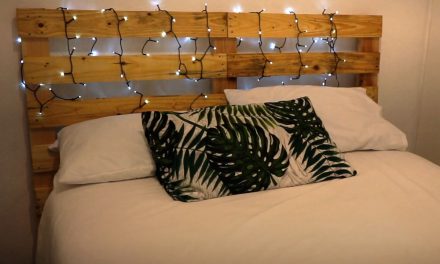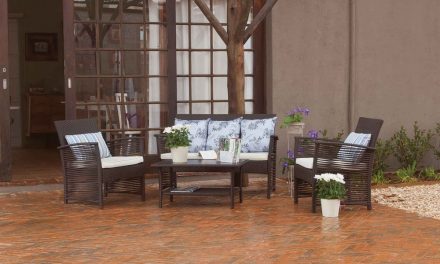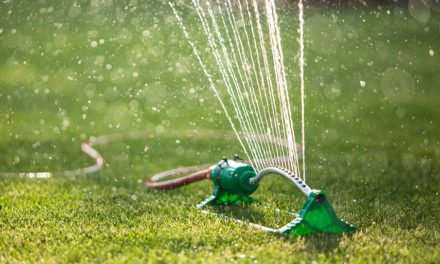Whether it’s an entire wall, a panel or just the inner of a bookcase, paintable wallpaper has showstopper possibilities.
- Ladder
- Hard brush
- Textured paintable wallpaper of your choice
- Wallpaper paste
- Bucket and stirrer
- Paint roller (to apply wallpaper adhesive)
- Soft cloth
- Cutting knife
- Paint (colour of your choice)
- Paint tray and roller for smooth to semi-smooth surfaces

Preperation
Step 1
Before you get going, roll out the textured paintable wallpaper on a flat surface to minimise the coil springback. Check the wallpaper for damages such as tears and dents, because this cannot be rectified after installation. Make sure the wall surface is well prepared. Check for cracks and imperfections, remove all screws or nails and fill the holes with crack filler.Sand the surface where it is uneven.

Step 2
Give the wall a good clean with a scrubbing brush to remove any dust.

How to mix the wallpaper paste
Step 4
Mixing wallpaper paste is like cooking up a white sauce, if that makes sense to you. All it means is, do it carefully, and avoid making lumps.Follow the manufacturer’s instructions with precision, as different ones vary slightly.Let the mixture settle for a few minutes.
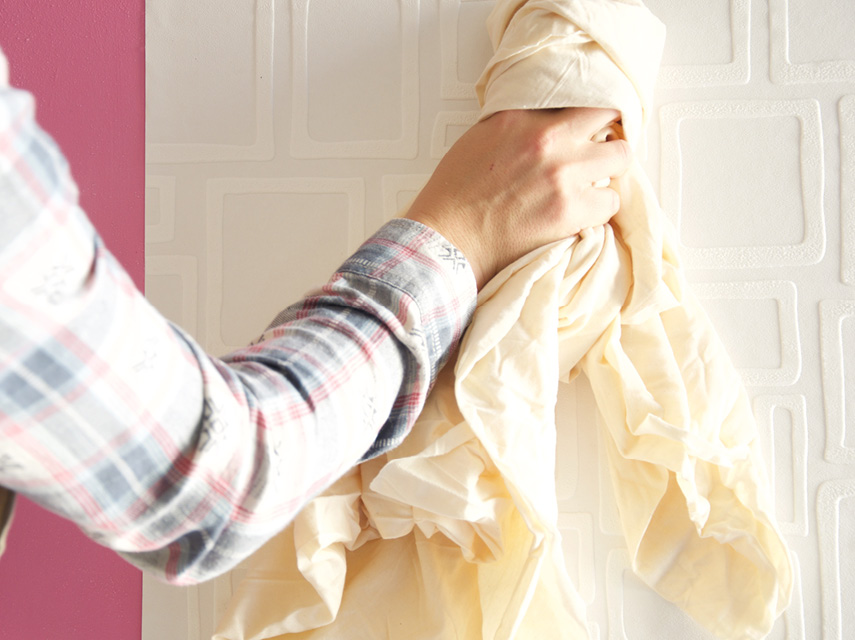
How to apply the wallpaper
Step 5
Measure the height of the wall from floor to ceiling and cut the wallpaper according to that length, leaving room for a little more, about five centimetres at the top and bottom. This excess can be cut away carefully after being applied to the wall with a cutting knife.
Apply wallpaper glue to the back of the paper using a roller or blocking brush. Spread the paste confidently and without hesitation over the edges. Wipe the air bubbles from the middle outwards with a soft cloth or window squeegee.
After applying each panel, air pockets might be caught up between the paper and the wall.
Ensure the pattern on the paper is the right side up. Before cutting a new section bring the roll up to each installed panel and match the pattern every time you apply a panel. This means the patterns must line up and there will be a little bit of overflow at the top for each new panel which can be cut away after it has been hung.
A clear marking can be made with a pencil to ensure the paper will be cut accurately for precision – only ever cut the paper once you are 100 per cent certain it will be a perfect fit.
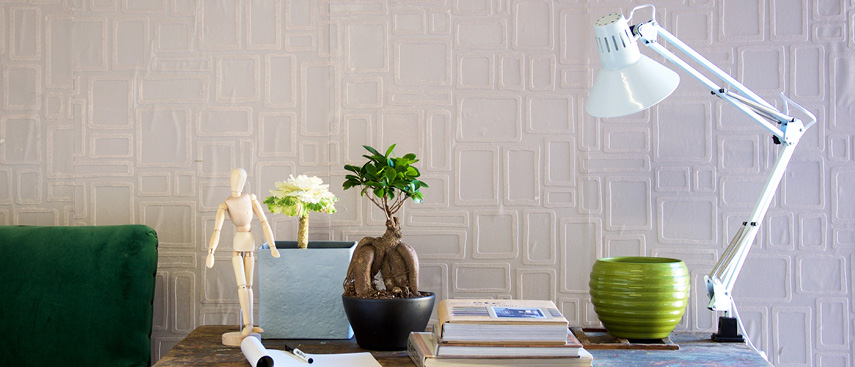
To Paint
Wallpaper must be completely dry before painting. Leave it for at least 24 hours or two days in cooler climates. A paint with medium to high sheen is advised because it makes the pattern and texture stand out more. As the wallpaper is textured, use a roller indicated for use on semi-smooth to rough surfaces.
- Always consider the quality of the wallpaper. The glue is essentially like a gel and wets the paper and if handled without care can cause tears (both kinds).
- Cold glue can be added to the wallpaper paste to make it stickier. This is especially advised for heavier, textured wallpaper.
- If you’re covering melamine cupboard doors, only use cold glue to fix the paper to the surface.

